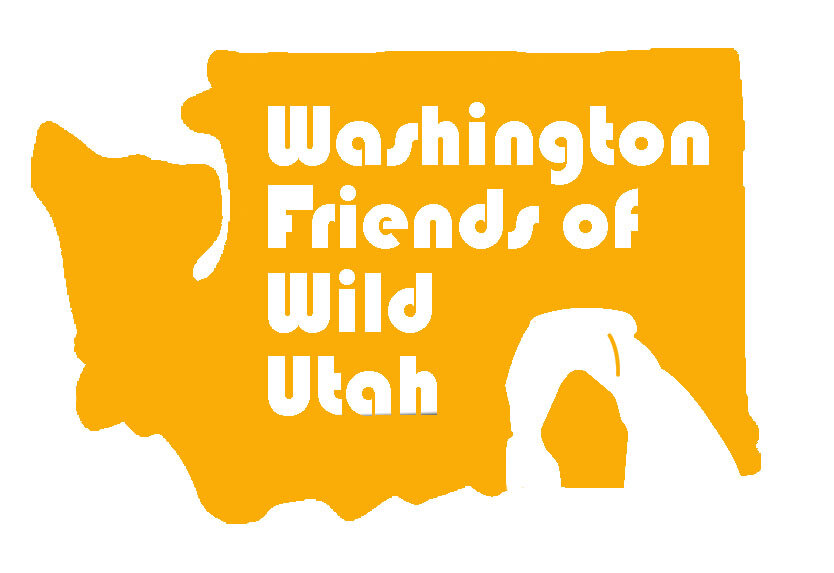Return to Bear’s Ears
- Janet Welch
This spring, as Covid lockdown requirements loosened, my husband Willi and I drove to Utah for a month of hiking and exploring. I had been in the Bear's Ears area in the late 70's when I was splitting my time between living on the Colorado Plateau and Washington. It was time to go back.
When Willi and I became a couple 25 years ago we agreed that he'd take me ocean sailing and I'd take him to Utah. He fulfilled his promise about 6 years before I fulfilled mine, but I eventually introduced him to Escalante. We spent a month exploring the many places that weren't accessible to me when I had passed through on my bike many years earlier. We only sailed to Mexico once, but Utah has pulled us back 3 times since his first trip.
It was hard to convince him to visit someplace new, since we love Escalante so much, but you wouldn't know that now. He loved the rock art! Before we left we read up on the culture of the Ancient Ones (the term which has largely replaced "Anasazi"), and its demise, and about pottery and rock art. Many theories had evolved since my days on the Plateau fifty years ago, including theories about their 'disappearance' and documentation that their history in the area extends back multiple millenia further than once thought.
Still, nothing prepared us for the daily experience of 'discovering' the ruins and rock art evidence of that culture on our hikes. In avoiding the popular destinations, our hikes were unscripted, with no expectations as to what we might find. We prefer to be surprised by a small find rather than promised a great one. We were richly rewarded.
For a month we wandered and explored and clambered and backtracked and pondered. Our pondering repeatedly circled back to the move of the Ancient Ones into defensible cliffside structures, prior to their eventual 'disappearance'.
Back in the 70's I led walks around a ruin at a little museum at the Grand Canyon. There, I explained that the vital culture had fought over increasingly scarce resources (water and arable land) before ultimately being destroyed by a multi-year drought. I talked by rote, feeling oddly detached from the knowledge. Having grown up in Phoenix, my assumption was that engineers had vanquished the threat of drought, just as medicine had vanquished the threat of infection. But like antibiotic resistance that has restored the risk of infection, nature is reminding us that the culture that collapsed in the 1300's due to drought might not be the last one.
The Southwest is in what they are calling a 'mega-drought'. The sleight of hand that promised more water than the capacity of the Colorado River has been revealed for the wishful thinking that it was. Everything from alfalfa fields in the Arizona desert to the Vegas strip, from lettuce growers in the Imperial Valley to the sprawling megalopoli in five states will be affected by increasingly dire water shortages. A person doesn't need to call it 'climate change' to know that forests and grasslands, and the homes of people and animals who live there, are burning.
Hmmm, the culture of the Ancient Ones was destroyed by climate change. They killed their neighbors over diminishing resources and retreated to the cliffs in defense. Their culture fractured over diminishing resources. They didn't 'disappear', but rather became climate refugees, moving to the south and elsewhere in search of water. They probably begged, or fought, communities to let them stay. Individuals clearly survived but the whole of the culture didn't.
Walking among the remains of the Ancient Ones culture, Willi and I recognized history's repeat performance and how those ruins probably foretell the impending consequences of the world's failure to live within its means and its blindness to curbing carbon emissions before it was too late.



